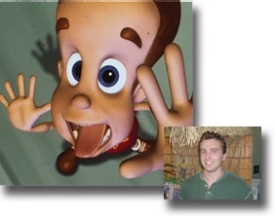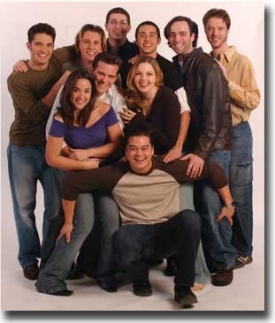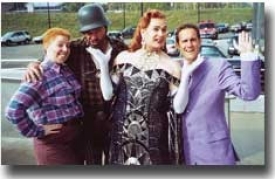Searching for early clues to breast cancer
What factors put young girls at risk for later development of breast cancer? That is the question researchers from the University of Cincinnati College of Medicine and Cincinnati Children's Hospital hope to answer through studies at their new national Breast Cancer and the Environment Research Center. The specialized center is one of four in the United States, each funded by a seven-year, $9.6 million National Institutes of Health grant.
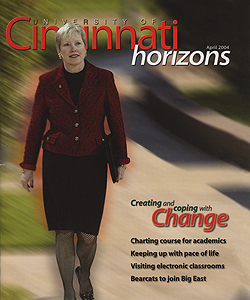
 Past Issues
Past Issues
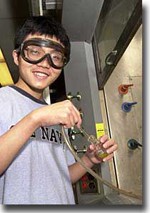
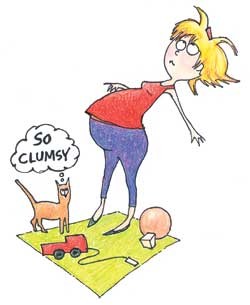
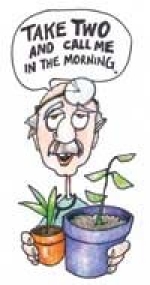

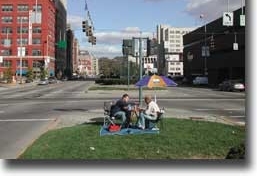
!["Curbside dining" [above] took on a new meaning when students Greg Snyder and Kyle Hanigosky plopped a quarter in the parking meter to picnic downtown. They also tried out a "quieter" grassy spot [top] in the middle of Central Parkway. In both instances, the students recorded public response to their behavior. "Curbside dining" took on a new meaning when students Greg Snyder and Kyle Hanigosky plopped a quarter in the parking meter to picnic downtown. They also tried out a "quieter" grassy spot in the middle of Central Parkway. In both instances, the students recorded public response to their rather eccentric behavior.](https://magazine.uc.edu/issues/0404/news/jcr%3acontent/MainContent/textimage_5/image.img.jpg/1309377950386.jpg)

